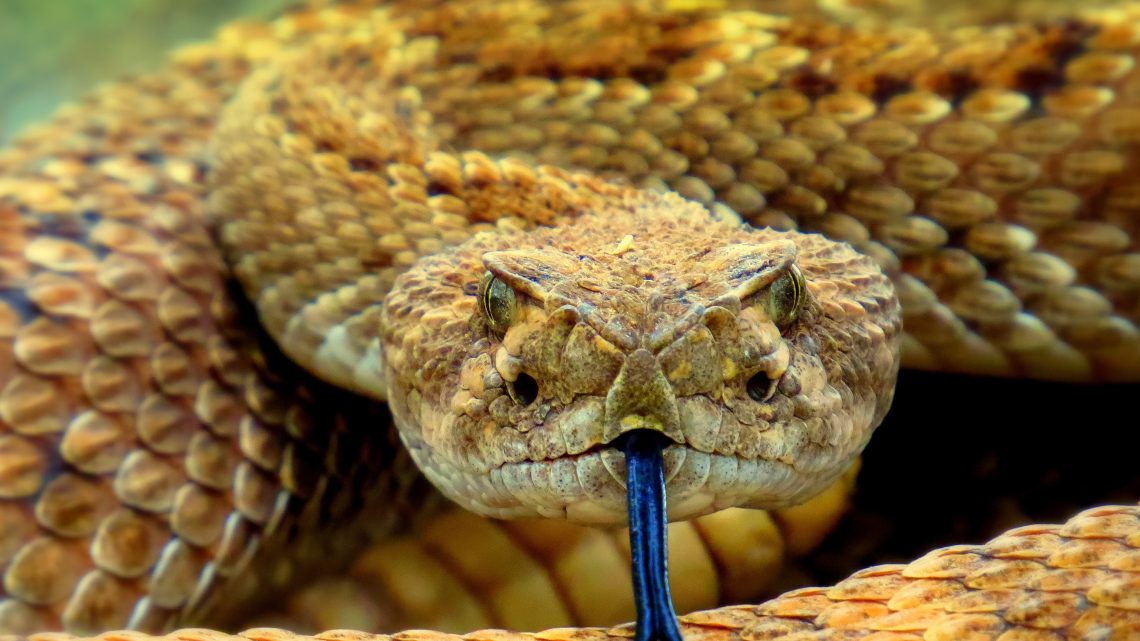If you’re a hiker in the United States, you’ve likely seen signs on the mountain warning trail-goers about the presence of rattlesnakes. But you might not know that rattlesnakes can also find their way onto residential properties. If you see a rattlesnake, it’s important to know what to do to avoid injury.
First, you should learn which areas tend to have the most rattlesnake activity.
Where Are Rattlesnakes Found?
Rattlesnakes are found in nearly every US state barring a few exceptions. You will not find rattlesnakes in Delaware, Rhode Island, Alaska, Hawaii, or Maine.
The southwest region has a particularly high rattlesnake population. Arizona, Texas, and New Mexico are host to a wide variety of rattlesnake species.
You’re most likely to encounter a rattlesnake during the months of April to September when they are most active. They tend to hide underground in burrows or under rocks. During the winter, rattlesnakes like to hibernate in places away from humans.
How Dangerous Are Rattlesnakes?
Rattlesnakes will not attack humans unless provoked. It’s advised to stay out of tall grass and be careful when climbing rocks, where you might not see a rattlesnake and accidentally touch one.
Most people are bitten because they try to attack a snake or get too close to it. Rattlesnake bites can cause extreme pain and swelling. Their venom can be lethal if left untreated for several hours.
Thankfully, the odds of getting bitten by a rattlesnake are very low. For example, California has a population of 39 million people, and only around 300 rattlesnake bites are reported yearly.
Still, the Parks and Recreation Department of Sonoma County suggests wearing long pants and closed shoes while hiking in areas with rattlesnakes to prevent injury.
What to Do If You See a Rattlesnake
If you see a rattlesnake, do not engage with it. Rattlesnakes will not attack humans unless they feel threatened. Humans are not their concern—they are trying to find rodents. Rattlesnakes will not chase people.
Stay at least 10 steps away from the snake, but it’s recommended to stay as far away as possible. You can make a loud stomping noise to scare it off once you’re at a safe distance. If you are with a dog, keep them on a leash so they do not approach the snake.
What to Do If You’re Bitten By a Rattlesnake
- Stay calm.
- Seek medical attention immediately.
- While waiting for help, wash the wound with soap and water. Cover the area with a cold compress to reduce swelling.
If the bite occurs on another person’s property and you can prove their negligence, after receiving medical care, contact a lawyer specializing in animal attack injuries. You may be entitled to compensation for your medical bills and suffering.





No Comment